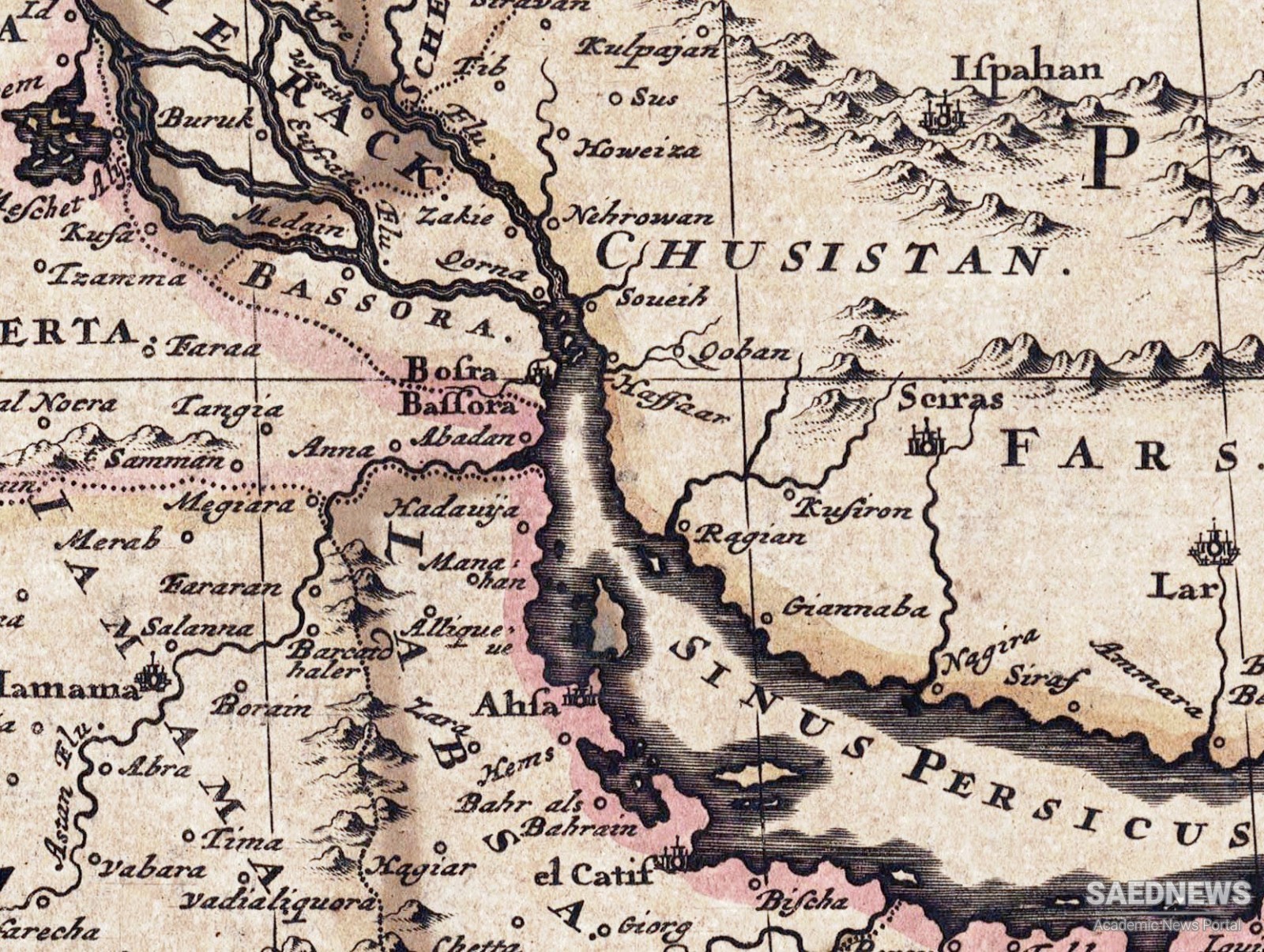Early In the sixteenth century an Iranian foreign policy began to develop concomitant with Iran's rise to power. Only at the beginning of the nineteenth century, however, was Iran drawn into European power politics. The intervening three centuries were marked by Iran's overriding concern, first, with Turkey and, subsequently for a comparatively short time, with Russia also. The foreign policy of Iran during these centuries was far less significant in itself than in its interaction with the rise of the state at the turn of the sixteenth century, with the revival of the state after a dramatic collapse in the eighteenth century, and with the progressive weakness of the state in the last years of the eighteenth century. The fundamental factor contributing to the rise of Iran in modem times was the adoption of the Shia creed as the official religion of the state by Shah Ismail (1499-1524), the founder of the Safavl dynasty. He set himself the task of clearing “the flower-garden of religion of the chaff and rubbish of insubordination." He regarded himself as “the Absolute Agent of God" and demanded sijdah - that is, prostration before God-from his newly converted subjects, th e great majority of whom had been forcibly converted from Sunn! to Shfi Islam.’ This conversion of the population and the formation of an army were followed by a jihad against the Georgian “infidels". Some of the Shah's partisans were aroused by his dynamic religious ideology to the point of regarding him as a “god," a belief which he shared, as is evident from some of his Turkish poems. One of th e war cries of his soldiers was, “My spiritual lord and master, I am thy sacrifice and alms! (Source: The Foreign Policy of Iran).


 Dawn of Islam: From Ignorance to Knowledge
Dawn of Islam: From Ignorance to Knowledge














































